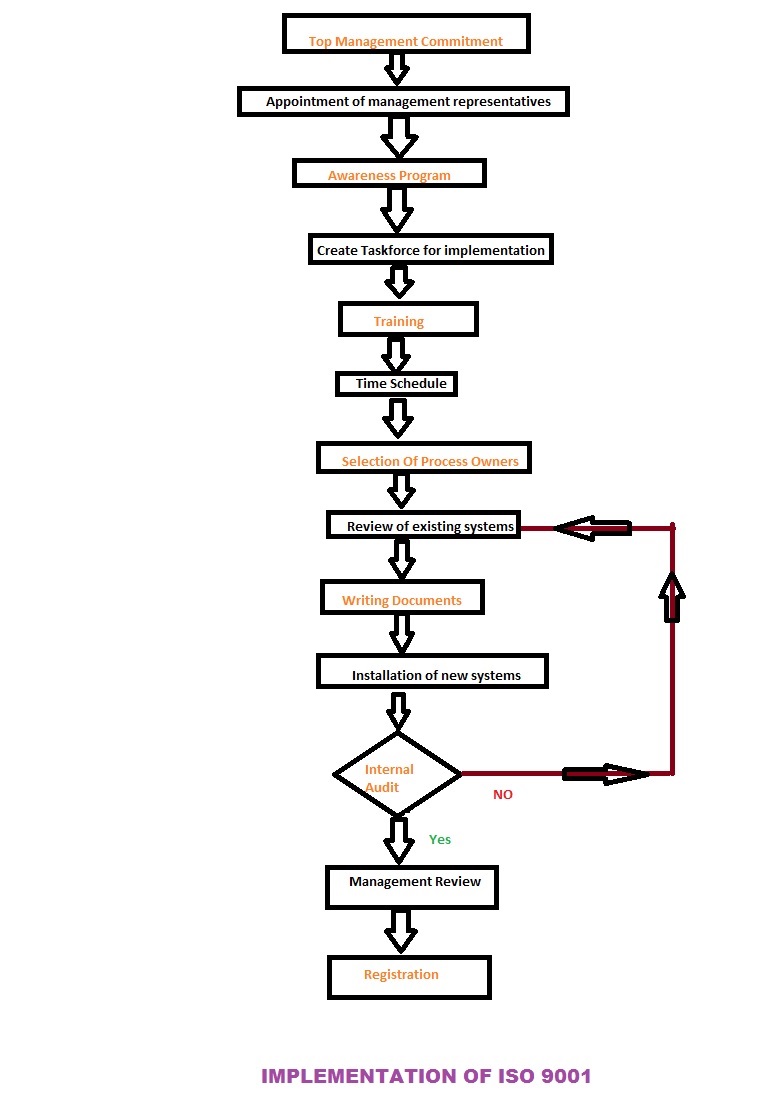We have heard a lot of Internet of Things, and have seen a lot of futuristic animations of how world can be if IoT is implemented. this post is to look at what is IoT , what are the key drivers, which technologies enable it and what is the future scope of it.
What is IoT?
when talking about Internet of Things (IoT), I would like to borrow the quote of Arthur . C. Clarke "Any sufficiently advanced technology is Indistinguishable from magic". Yes when we watch the videos on IoT by Intel, Cisco, Microsoft etc. it feels like magic. But there is a large amount of technology behind it. lets see what it is.
What if everything you could see,
from your coffee mug to your light fitting to a milk carton in the fridge, was
connected in some way?
What if the door or window could
report on whether it was open or the heater’s thermostat could be set from your
Smartphone?
Even as we ask such questions, a
future in which physical objects of all kinds and sizes can be connected draws
ever closer.
Internet-connected objects, devices, and other
“things” are proliferating in every domain
Farmers’ gates can be fitted with
SIM cards to monitor whether they have been left open or allow farmers to close
them remotely.
Buses, trains, and cars can be
fit with monitoring devices so they can provide accurate information to both
control rooms and customers.
Extending
the current Internet and providing connection, communication, and
inter-networking between devices and physical objects, or "Things,"
is a growing trend that is often referred to as the Internet of Things.
“The
technologies and solutions that enable integration of real world data and
services into the current information networking technologies are often
described under the umbrella term of the Internet of Things (IoT)”
How is it Feasible
Ø Wireless sensor n/w
Ø Low cost sensors
Ø Inter- connectivity b/w people, n/w's, devices
Ø Connectivity b/w people, things
Ø Common protocols
Wireless Sensor Networks (WSN)
-
The networks typically run Low Power
Devices
-
Consist of one or more sensors, could be
different type of sensors (or actuators)
Sensor devices are becoming widely available
- Programmable devices
- Off-the-shelf gadgets/tools
People Connecting to Things
Things Connecting to Things
How are the networks changing?
− Extensions
− More
nodes, more connections, IPv6, 6LowPan,...
− Any TIME,
Any PLACE + Any THING
− M2M, IoT
− Billions
of interconnected devices,
− Everybody
connected.
− Expansions
− Broadband
− Enhancements
− Smart
networks
− Data-centric
and content-oriented networking
− Context-aware
(autonomous) systems
When did it
start
IoT’s roots
can be traced back to the Massachusetts Institute of Technology (MIT), from
work at the Auto-ID Center.
Founded in
1999, this group was working in the field of networked radio frequency
identification (RFID) and emerging sensing technologies.
The labs consisted of seven research
universities located across four continents.
These
institutions were chosen by the Auto-ID Center to design the architecture for
IoT.
Technologies
involved
Enabling
technologies for the Internet of Things can be grouped into three categories:
(i)
technologies that enable “things” to acquire contextual information,
(ii)
technologies that enable “things” to process contextual information, and
(iii)
technologies to improve security and privacy.
USES of IoT
Identification and tracking
Monitoring
Integrated control
Predictive business analysis
Early response
Efficient processes and service delivery
Applications
Health care is already making use of
tele-health systems and services, an area likely to grow substantially over the
coming years both inside hospitals and across community service delivery.
· Agriculture
is looking to combine sensor data (such as soil analysis) with
environmental data, satellite imaging, and so on.
· Physical
retail is known to be struggling, particularly in light of lower-margin
ecommerce. The future of physical retail lies in delivering improved
experiences to customers, enabled by the internet of things.
· Public
safety and defence can benefit from the increased use of sensors and
monitoring, combined with information from broader sources (environmental,
geospatial, and so on).
Examples
Health
monitoring devices and
associated online tools, such as Fitbit
for general health monitoring and Corvettes, a wireless cardiac monitor
Environmental
monitoring tools such
as the Netatmo weather station for meteorological data or the Nest intelligent
thermostat, which learns the heating properties of a home and controls the
boiler accordingly
Power
management and control including
Belkin’s WeMo, Ninja Blocks, and the Revolv (formerly Mobiplug) hub. These
enable devices to be controlled from a central point
Potential
inhibitors to the internet of things
ü Security challenges
ü Privacy and surveillance
ü Meltdown
ü IPv6 adoption
ü Data storage investments
ü Consumer needs
ü Lack of a Shared Infrastructure
ü Lack of Common Standards
ü Battery Life
ü Data Control
ü Data Sharing
IoT describes a growing
phenomenon in which every physical object can have some form of connection to
the internet. The possibilities of what this enables are limitless.
However the
IoT will not be without its challenges. Security, privacy, surveillance, and the
potential for disruptive systems failure are all potential risks that will need
to be mitigated as the market develops














